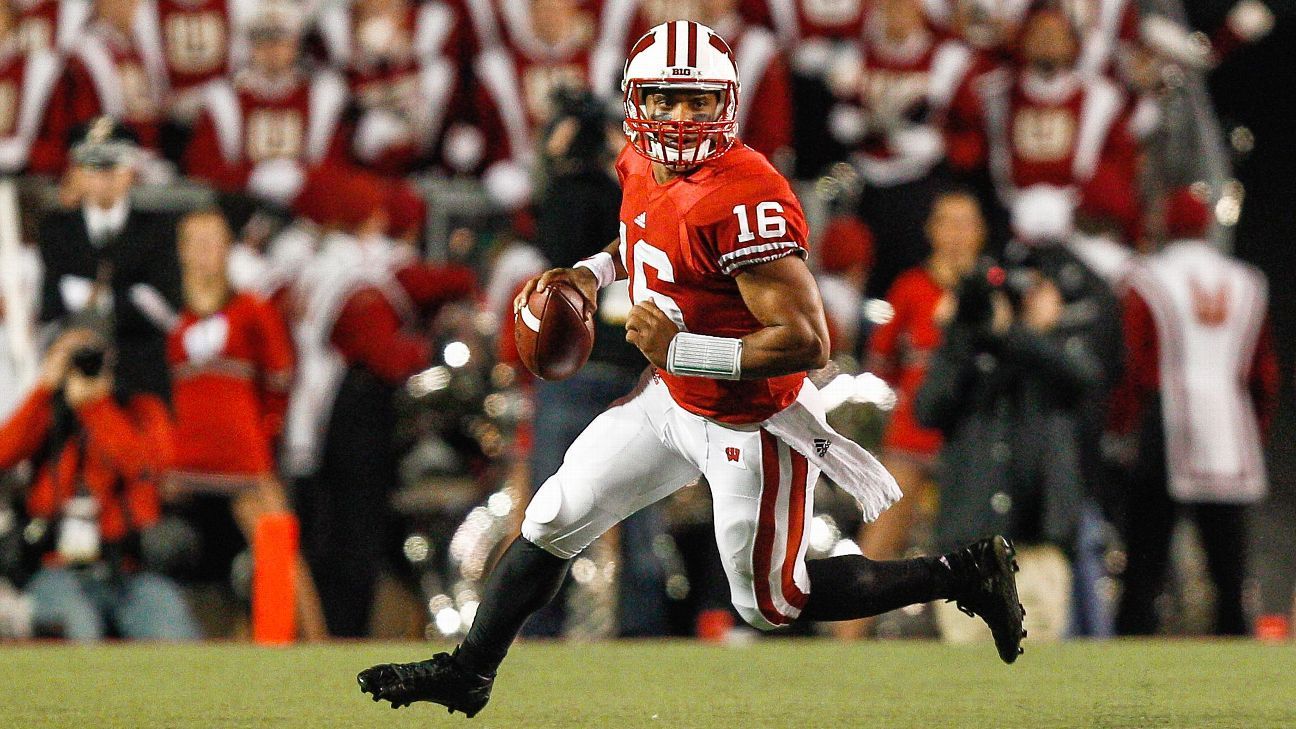Products You May Like
Not every NFL Hall of Famer was a top-10 NFL draft pick, and not every Pro Bowler was selected in the first round. In fact, the talent that comes out of the second half of the NFL draft seems to keep getting better year after year as the draft has evolved into a yearlong competition for teams to outscout one another.
Everyone knows that Tom Brady went a few picks — 198 to be exact — too late back in 2000, but what about the other sleepers from schools across the country? Here are the biggest sleeper prospects — defined as taken in the third round or later — in the history of each team in Mark Schlabach’s Way-Too-Early Top 25.

The Tigers have a strong list of later-round picks who’ve blossomed into excellent pros, from receiver Jimmy Orr, who made two Pro Bowls after being taken in the 25th round in 1957 to tailback Terry Allen (ninth round, 1990) to Grady Jarrett (fifth round, 2015) but there’s one obvious answer here: Dwight Clark. Anyone who’s taken in the 10th round (in 1979), makes two Pro Bowls, leads the league in receptions once, has an 1,100-yard season and finishes his career with 6,800 yards from scrimmage has provided some serious value. But Clark’s impact is far bigger than that. He was on the receiving end of “The Catch” from Joe Montana, one of the most iconic plays in NFL history and a moment that kicked off the 49ers’ dynasty in the 1980s. Not too shabby for a 10th-rounder. — David M. Hale
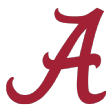
It’s hard to blame NFL scouts for getting Bart Starr so wrong. His career at Alabama was underwhelming to say the least. A back injury limited him his junior season, and he barely played as a senior. Still, the Green Bay Packers were interested and took a flier on the Montgomery native in the 17th round in 1956. Starr blossomed into a four-time Pro Bowler, an MVP and a multiple Super Bowl winner. — Alex Scarborough

Despite the Sooners’ dominance in college football, OU has just two players in the Pro Football Hall of Fame — Lee Roy Selmon and Tommy McDonald. Selmon was drafted No. 1 in 1976, but McDonald wasn’t picked until the third round in 1957. He was a 5-foot-9, 175-pound receiver who went on to become one of the NFL’s best ever at that point, ranking sixth in catches, fourth in receiving yards and second in TD catches for his career when he retired in 1962 after making six Pro Bowls. — Dave Wilson

There are a few options to choose from, whether it’s Fran Tarkenton, Hines Ward or even Herschel Walker. The Cowboys technically used a fifth-round pick to secure Walker’s rights while he played in the USFL. But the choice here is another former Bulldogs running back: Terrell Davis. Maybe it was the threat of injuries and a lackluster senior season, but Davis fell all the way to the 1995 sixth round, where he was selected by the Broncos. He immediately rushed for more than 1,000 yards as a rookie and then made the All-Pro Team each of the next three seasons, winning Super Bowls in the 1997 and 1998 seasons. — Scarborough

There’s one incredibly strong option here that I won’t use, and it’s Cris Carter, who was taken in the fourth round of the supplemental draft back in 1987. Since we’re keeping it to the regular draft, Jim Tyrer is an easy pick for the Buckeyes, who don’t have many players who get slept on in modern times. Tyrer was selected by the Bears in the 14th round (No. 188 overall) of the 1961 draft. He played the majority of his career with Kansas City, where he was All-AFL eight times, a two-time Pro Bowler, two-time All-Pro, three-time AFL champion and Super Bowl IV champion. — Harry Lyles Jr.
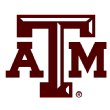
Shane Lechler, a fifth-rounder, could be the greatest punter in NFL history, but that’s actually a high pick for a punter, so we’re going to exclude that on a technicality. It’s hard to argue with Lester Hayes, the 6-2, 200-pound safety drafted in the fifth round in 1977. Converted to corner with the Oakland Raiders, he became a true shutdown cover man, went to five Pro Bowls, and was first-team All-Pro and the NFL Defensive Player of the Year in 1980 when he had 13 interceptions and the Raiders won the Super Bowl. He also wore so much Stickum on his person that the NFL banned it the next year, calling it the Lester Hayes Rule. So there’s that. — Wilson
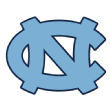
You have to go back a ways to find a real steal from North Carolina, but there’s little doubt that Washington hit a home run when it nabbed linebacker Chris Hanburger in the 18th round at pick No. 245 in 1965. Hanburger spent time in the Army before enrolling at UNC, where he played on both sides of the ball, starring as a center on offense (where he was named All-ACC twice) but developing as a pro prospect at linebacker. Hanburger went on to play 14 seasons in Washington, making nine Pro Bowls. He finished his career with 19 interceptions and 17 fumble recoveries and was elected to the NFL Hall of Fame in 2011. — Hale
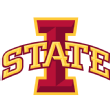
Clyde Shugart was part of Iowa State’s first NFL draft class in 1939, and he turned out to be a steal for Washington. Selected No. 158 overall (17th round), Shugart played six seasons for Washington and never missed a game. He earned back-to-back Pro Bowl selections in 1941 and 1942, participated in three NFL championship games and helped Washington to an NFL title in 1942. Shugart, who blocked for quarterback Sammy Baugh and others, also was a second-team All-Pro in 1943. Inducted into Iowa State’s Hall of Fame in 2004, Shugart helped Iowa State to a 7-1-1 record in 1938. — Adam Rittenberg

After a three-year career at USC in which he played both quarterback and defensive back, Willie Wood went undrafted in 1960 before signing as a free agent with the Green Bay Packers as a defensive back. Over a 12-year NFL career, Wood played in eight Pro Bowls, helped the Packers win the first two Super Bowls and was named to the NFL’s 1960s all-decade team. In 1989, Wood became the fifth USC player to be inducted into the Pro Football Hall of Fame. That list has since grown to 13, which is tied for the most among college programs. — Kyle Bonagura

Trent Green is the easy choice for the Hoosiers here. Drafted in the eighth round of the 1993 NFL draft by the San Diego Chargers, he didn’t see much NFL action until the 1998 season for Washington, when he threw for 3,441 yards, 23 touchdowns, and 11 picks. He then infamously suffered a season-ending knee injury in a preseason game with the Rams in 1999, allowing Kurt Warner’s NFL career to bloom. Green would end up having success in Kansas City, where he went to a pair of Pro Bowls in the 2003 and 2005 seasons. — Lyles

Travis Kelce played only three seasons at Cincinnati, but his senior season was one to remember. Kelce had 722 receiving yards and eight touchdowns on 45 receptions. He was a first-team all-conference selection that season and was then taken in the third round, No. 63 overall, by the Kansas City Chiefs in the 2013 NFL draft. All he has done since is win a Super Bowl, make the Pro Bowl six times, catch for 1,416 yards in one season, which was the most by a tight end, and make the All-Pro team three times. — Tom VanHaaren

George Kittle is the clear choice here, recency bias be damned. After a mostly quiet Iowa career — 48 receptions, 737 yards, 10 touchdowns — Kittle went to San Francisco in the fifth round (No. 146 overall) of the 2017 draft. He has become one of the league’s most exciting players, earning All-Pro honors in 2019 (first team) and 2018 (second team) before an injury-shortened 2020 season. Kittle has 264 receptions for 3,579 yards and 14 touchdowns in his first four pro seasons, while averaging 13.6 yards per reception. He set an NFL regular-season record for most receiving yards by a tight end in his first three seasons with 2,945. Former Iowa defensive back Merton Hanks also was a fifth-round pick by the 49ers. He went on to reach four Pro Bowls and twice earn first-team All-Pro honors. — Rittenberg

In a three-year record-breaking college career for the Ducks, Dan Fouts established himself as one of the best quarterbacks in college football. However, in the 1973 NFL draft, Fouts lasted until the third round and was the fifth quarterback off the board. In a 15-year career with the Chargers, he threw for 43,040 yards and was named the NFL MVP in 1982. He was elected to the Pro Football Hall of Fame in 1993. — Bonagura

Warren Moon played three years at Washington after transferring from West Los Angeles College and led the Huskies to the Pac-8 title and a win over Michigan in the Rose Bowl in the 1977 season. At the time, Black quarterbacks received few chances to play in the NFL, and Moon was not invited to the NFL combine. He was told he needed to switch positions, but instead he opted to play quarterback in Canada, where an impressive six-year run finally led to a shot in the NFL. A 17-year NFL career followed, which was culminated by Moon’s induction into the Pro Football Hall of Fame in 2006. — Bonagura

In the 1979 NFL draft, there were 81 players, including three quarterbacks, selected before the San Francisco 49ers picked quarterback Joe Montana out of Notre Dame. He was taken with the last pick in the third round after seeing Jack Thompson from Washington State, Phil Simms from Morehead State and Steve Fuller out of Clemson all go in the first round. Montana, of course, went on to have a Hall of Fame career for the 49ers and eventually played for the Chiefs. He won four Super Bowls, was the Super Bowl MVP three times and made the Pro Bowl eight times, and he threw for 40,551 yards and 273 touchdowns with a career completion percentage of 62.3. — VanHaaren
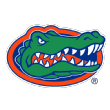
Brad Culpepper was a dominant defensive lineman during his time at Florida, but when it came to the NFL draft in 1992, teams kept on passing — until the Vikings finally took him in the 10th round with the 264th overall pick. Culpepper spent nine years in the NFL, with his best seasons coming in Tampa Bay. While there, he teamed with Warren Sapp and a fearsome linebacker group to help transform the Bucs into contenders. Culpepper had 34 career sacks and spent his final season with the Bears before retiring. — Andrea Adelson

Russell Wilson counts in this category because he was drafted out of Wisconsin after transferring from NC State. Wilson was the 75th pick overall, in the third round, and was picked after Andrew Luck, Robert Griffin III, Ryan Tannehill, Brandon Weeden and Brock Osweiler. Wilson has won a Super Bowl with the Seattle Seahawks, was named to the Pro Bowl eight times and has thrown for over 33,000 yards throughout his career. He wasn’t highly recruited and signed with NC State, but he then finished his college career at Wisconsin, where he became a first-team All-Big Ten selection and led the Badgers to a Big Ten championship. — VanHaaren
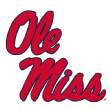
Both of Ole Miss’ former players in the Pro Football Hall of Fame — Gene Hickerson and Frank Kinard — were selected after the first and second rounds. But because Hickerson was taken in the seventh round rather than in the third like Kinard, he gets the nod as the ultimate sleeper. Hickerson shifted from tackle to guard in the NFL, where he played 15 seasons with the Cleveland Browns and blocked for three future Hall of Famers: Jim Brown, Leroy Kelly and Bobby Mitchell. — Scarborough

Charles “Peanut” Tillman is without a doubt the best player to come out of the Louisiana program and had one of the best signature moves in NFL history, the “Peanut Punch.” However, as a second-round draftee, he has to take a back seat on this list to longtime Pittsburgh Steelers DB Ike Taylor. Taylor was drafted in the fourth round, the 125th overall pick in 2003, and ended up having a 12-year career with a couple of Super Bowl victories. — Lyles

20. LSU Tigers: DT Kyle Williams
Despite playing for a national title team, earning All-American status as a senior and benching 32 reps at the NFL combine, defensive tackle Kyle Williams was somehow still available to be snatched up by the Buffalo Bills in the fifth round of the 2006 draft. Thirteen seasons, 178 starts, six Pro Bowls, 103 tackles for loss and 48.5 sacks later, he retired having spent his entire career in Buffalo. Of the nine DTs drafted ahead of him, only Haloti Ngata might have been better. Williams is one of the 21st century’s ultimate steals. — Bill Connelly

The Longhorns had a punter drafted in the 20th round who became an NFL legend, but Tom Landry obviously became a little more famous after his playing career. But check this out: Bobby Dan Dillon, a third-round pick of the Green Bay Packers in 1952, was named first-team All-Pro four times despite playing his entire career with a glass eye after a childhood accident. Sixty-two years after retiring following Vince Lombardi’s first season, Dillon still holds the team career records for interceptions (52) and INT return yards (976) and is tied for the mark for interceptions in a game (four). He was elected to the Pro Football Hall of Fame in 2019 as part of the NFL’s 100th-anniversary celebration. — Wilson
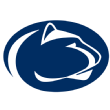
There are some good options on offense (guard Marco Rivera, fullback Sam Gash, tight end Mickey Shuler), but Penn State is Linebacker U for a reason, and the 49ers got a steal with NaVorro Bowman in the third round of the 2010 draft. Between 2011 and 2015, he made three Pro Bowls and earned four first-team All-Pro selections despite a gruesome knee injury in the NFC Championship Game that would cost him the entire 2014 season. In 2013, he won the Butkus Award as the top professional linebacker. Bowman eclipsed 140 tackles in all four seasons he played during the span and finished his pro career with 84 starts, 798 tackles, 5 interceptions, 7 forced fumbles and 29 passes defended. — Rittenberg

Cornerback Josh Norman went from FCS walk-on in 2008 to All-Pro in 2015. The Greenwood, South Carolina, product started almost immediately during his freshman year and quickly earned a scholarship; by the end of his career, he had picked off 11 passes and broken up 23 more. He ran only a 4.66 40 at the combine and slipped to the Carolina Panthers in the fifth round, but, as he did at Coastal, he immediately proved his worth, starting 12 games for a Panthers team that nearly made the playoffs and, in his fourth season, picking off four passes, returning two for scores, and earning All-Pro status. — Connelly

Dwayne Carswell began his college career as a Liberty running back and ended it as a Denver Broncos offensive guard. After catching 32 passes as a senior for the Flames, he was picked up by Denver in 1994 as an undrafted free agent; after bouncing between the practice squad and a bit role for a couple of years, he was a full-timer by 1996 and caught a pass in Super Bowl XXXII. In parts of 12 seasons, he caught 192 passes, scored 15 times and proved valuable as a tight end, an H-back and eventually a full-time lineman. — Connelly

The Hurricanes have had over 300 players drafted into the NFL, including nine Hall of Famers (all taken in the first round except second-round pick Ted Hendricks). But the Hurricanes have had several draft sleepers, and the choice here is linebacker Jessie Armstead — an eighth-round pick (207th overall) by the New York Giants in 1993. Armstead spent 11 years in the NFL, starting the final nine years of his career (the last two in Washington), and made the Pro Bowl five times. In all, he made 720 career tackles and 40 sacks. Not too shabby for an eighth-round pick. — Adelson
